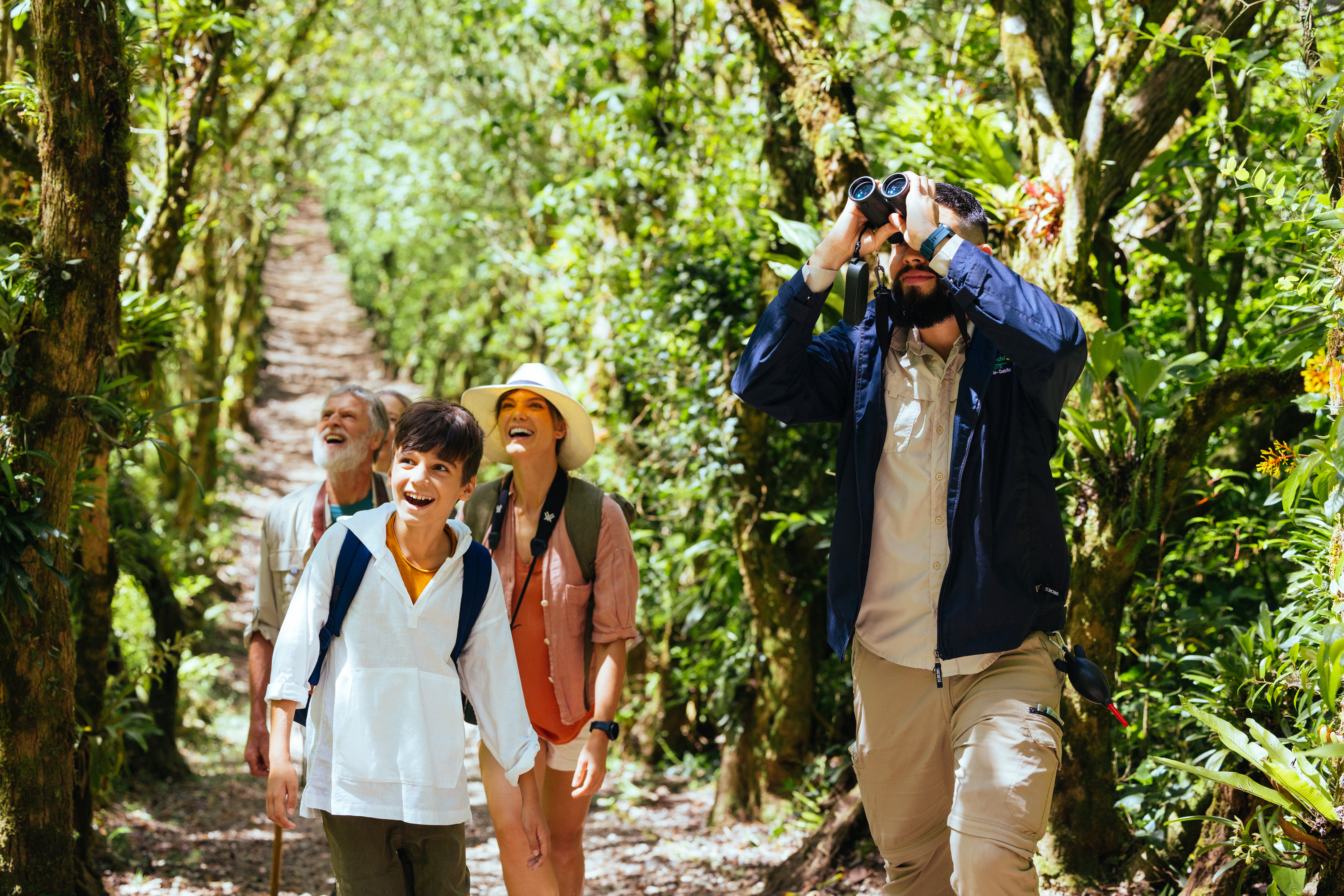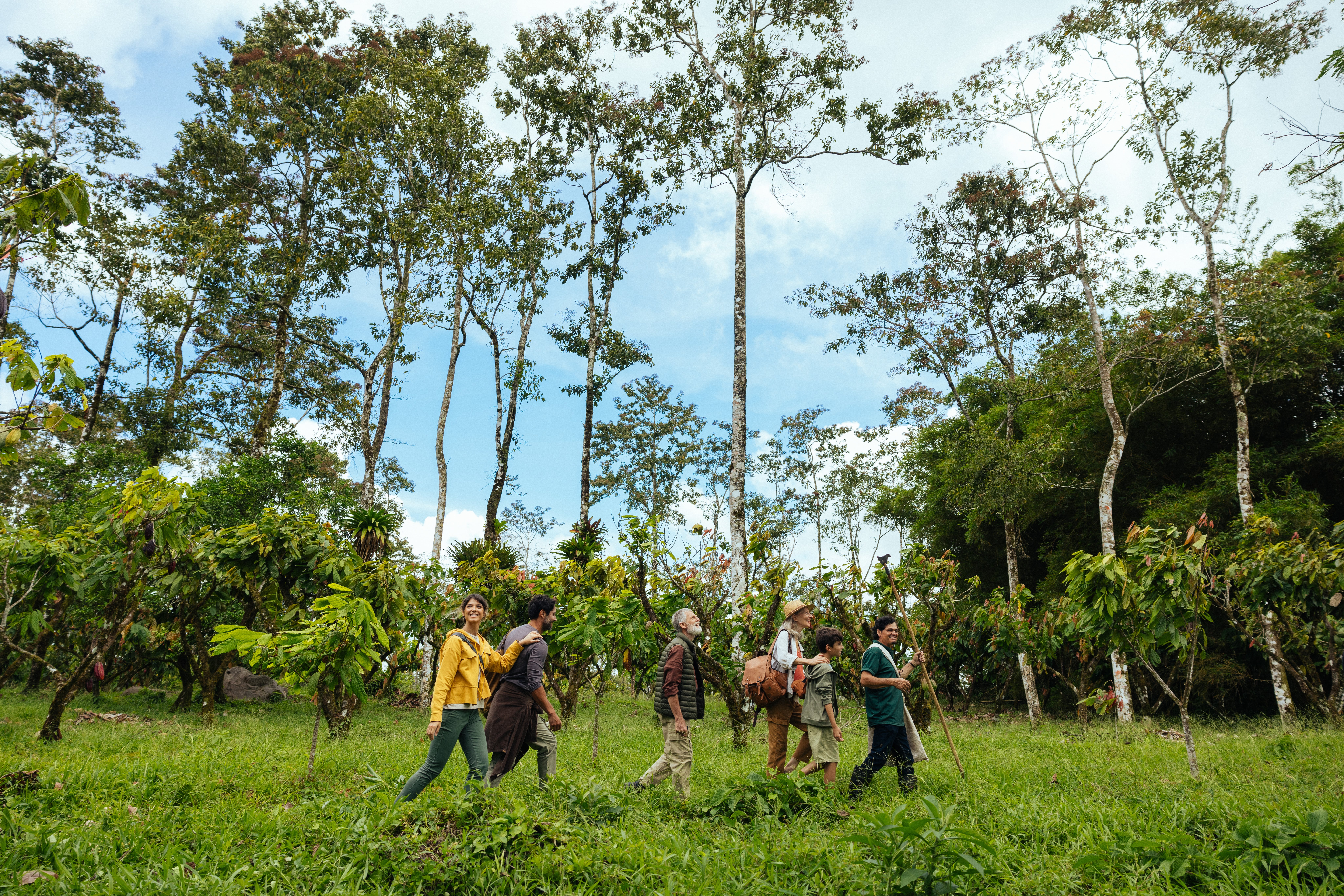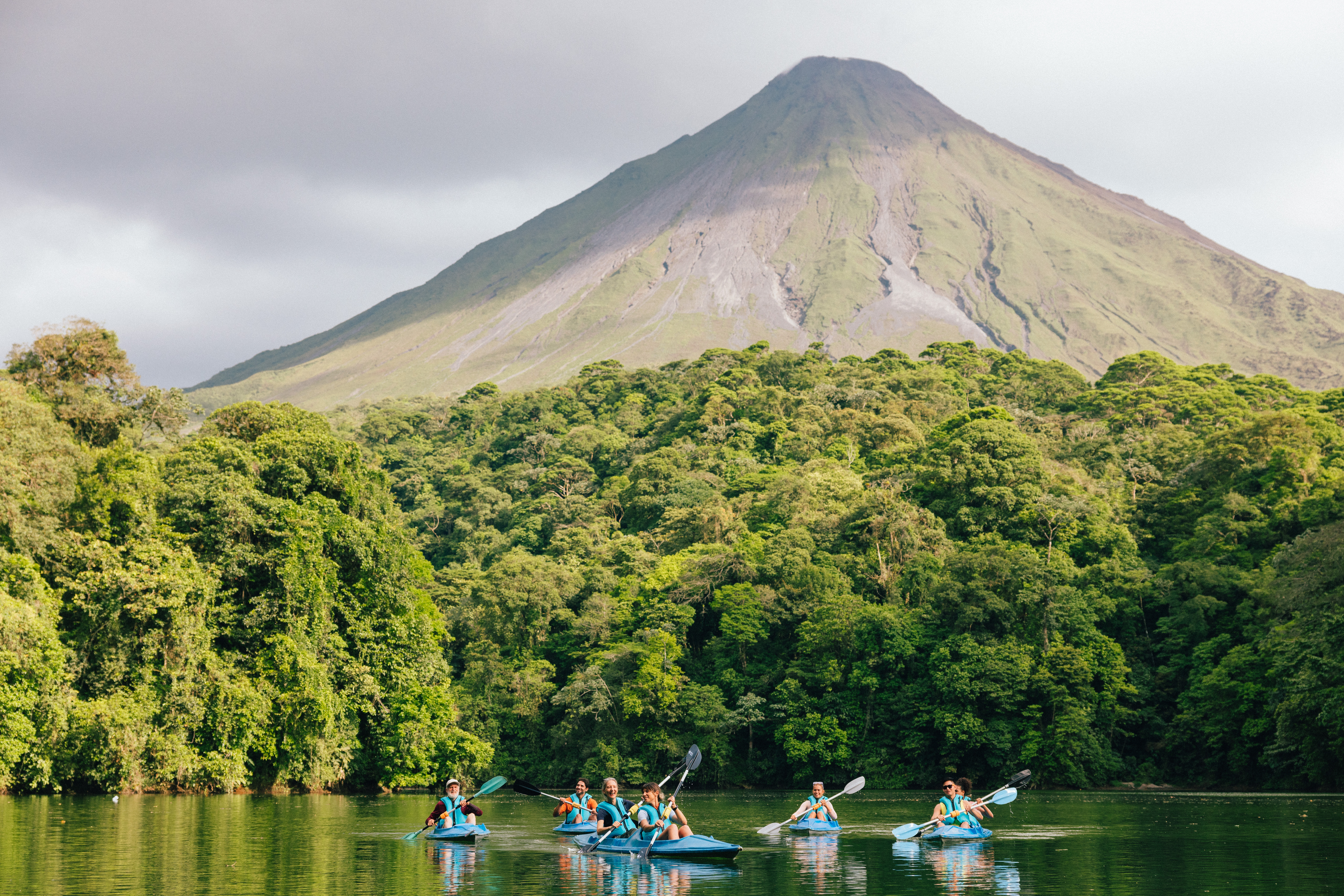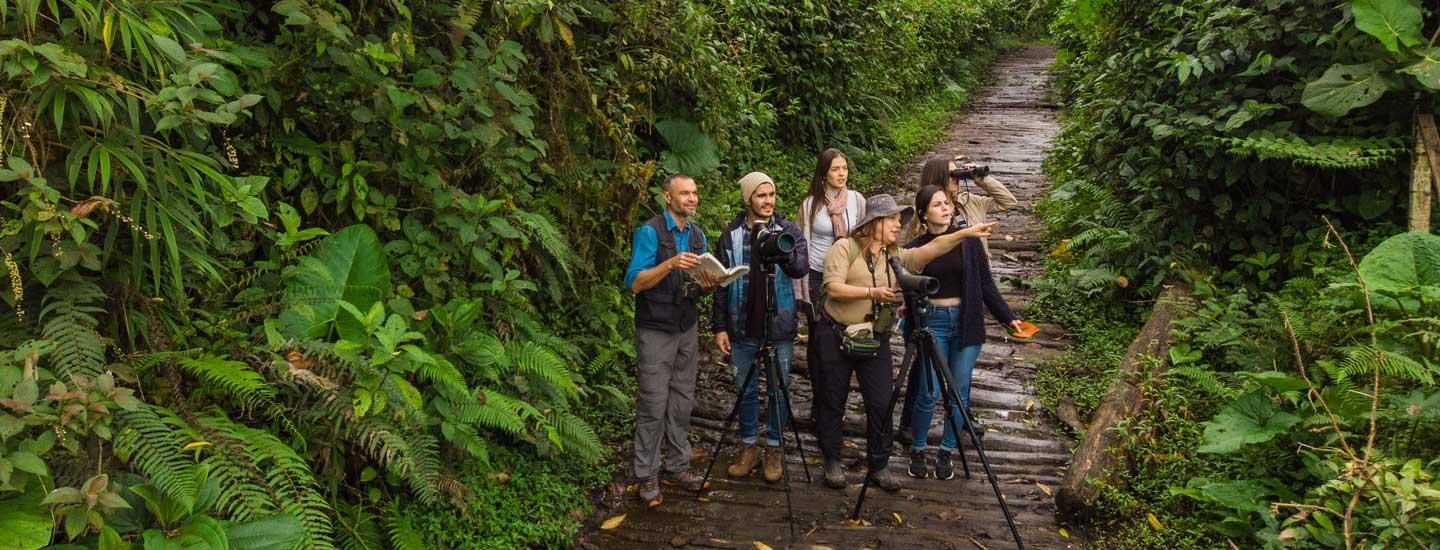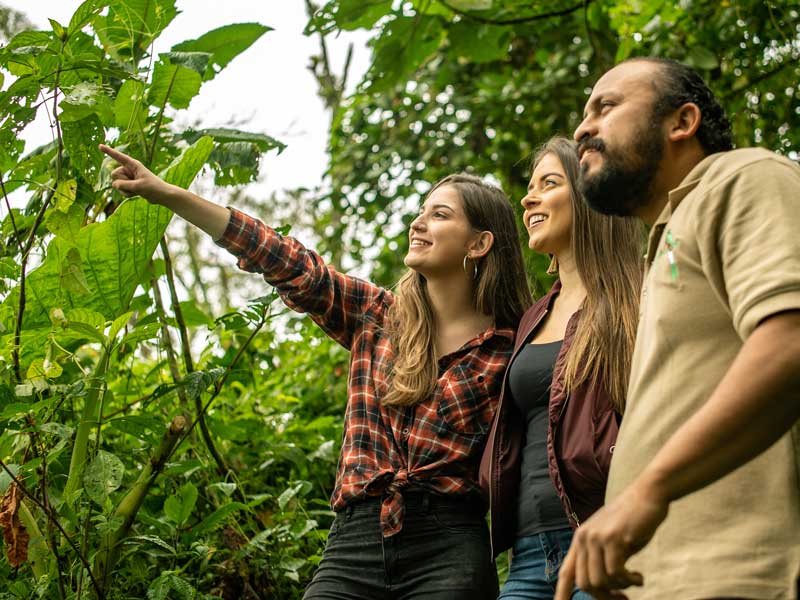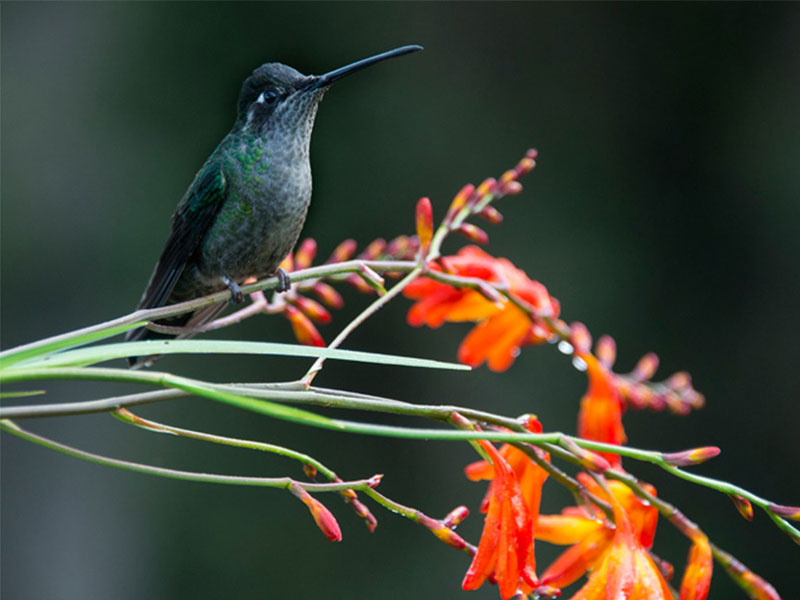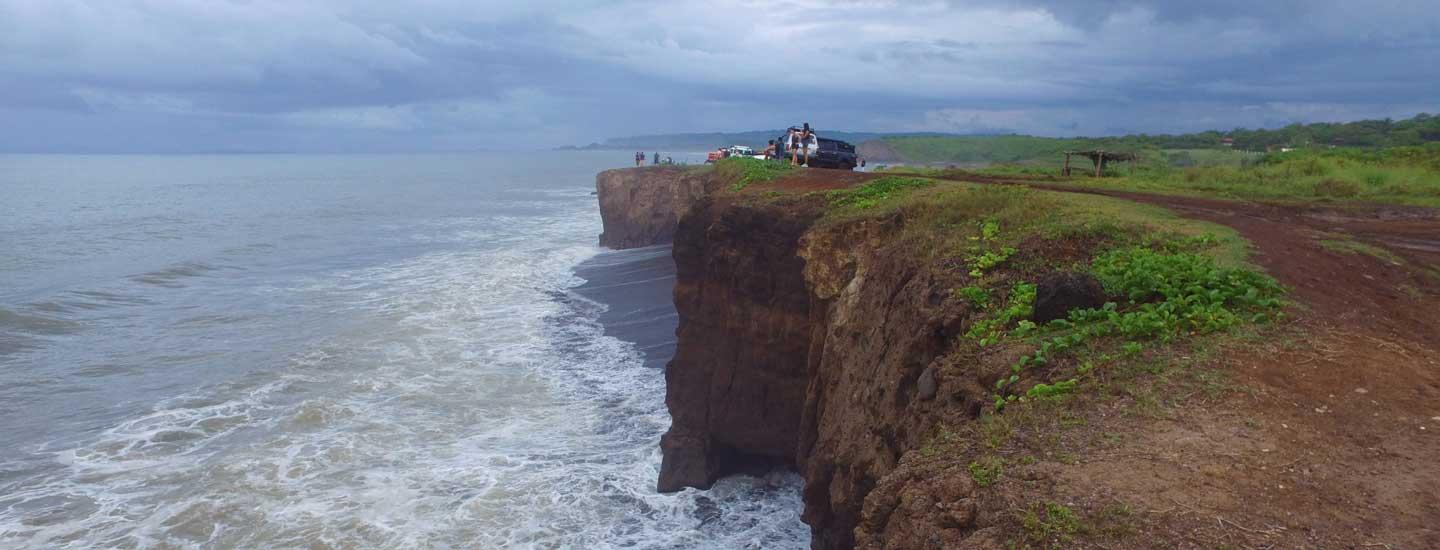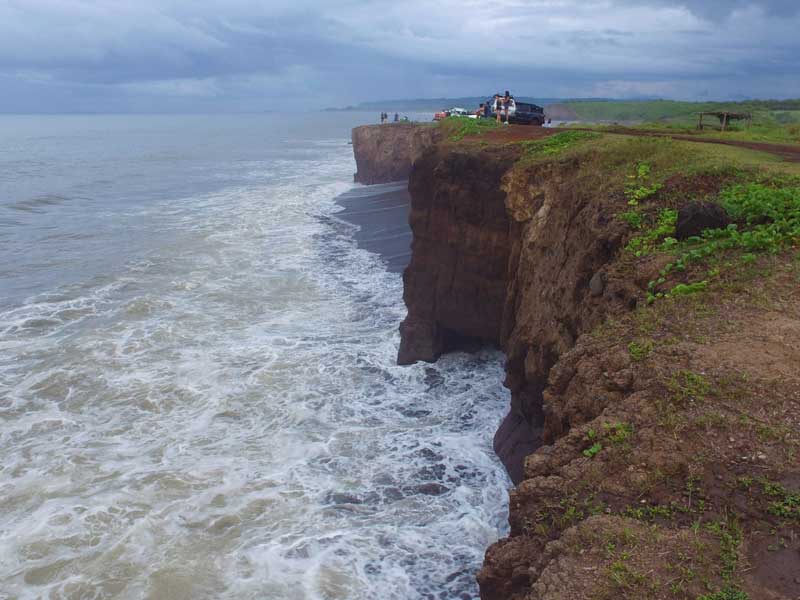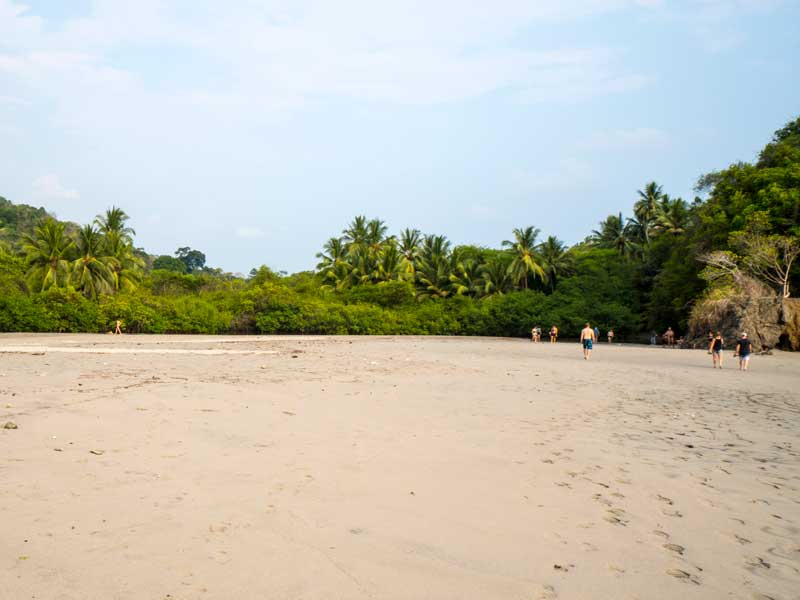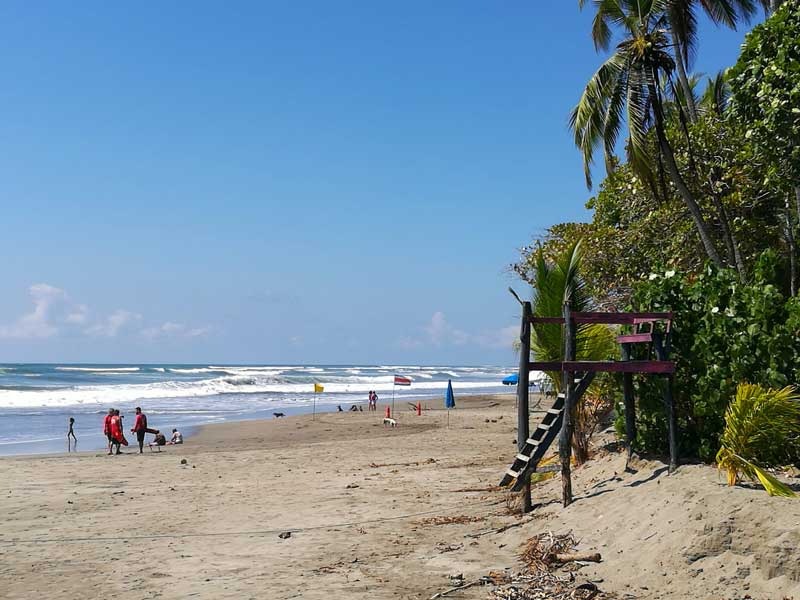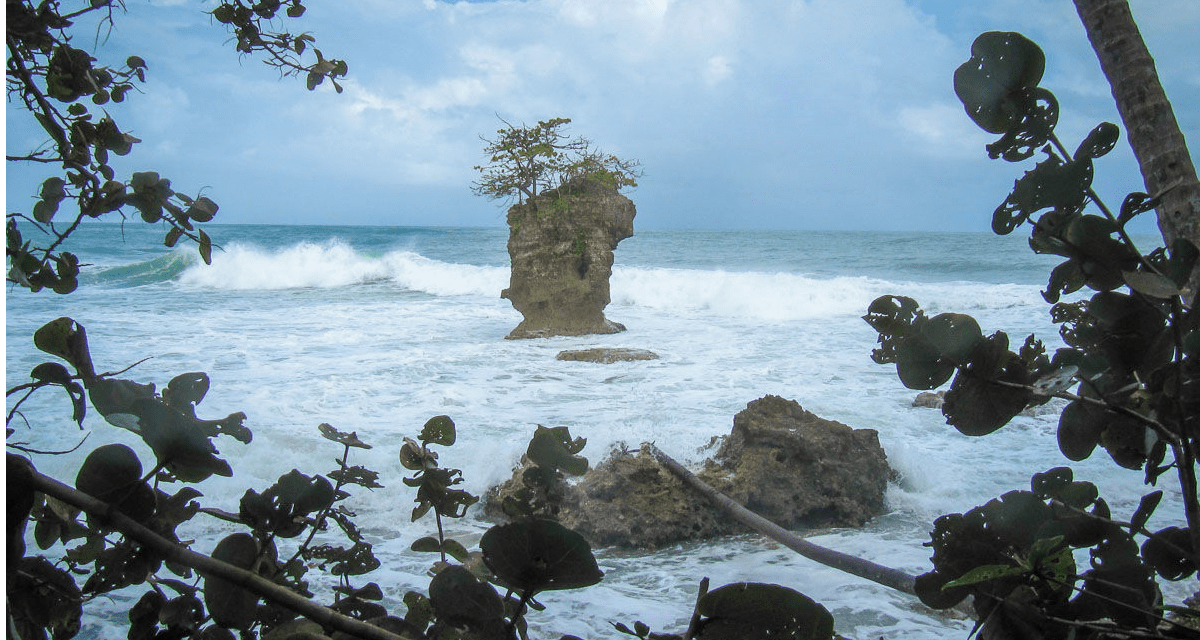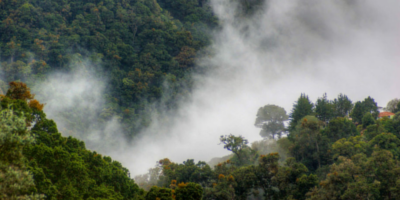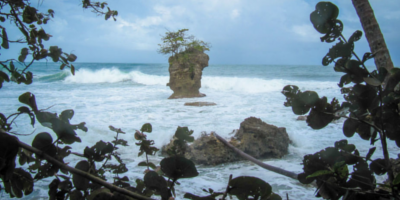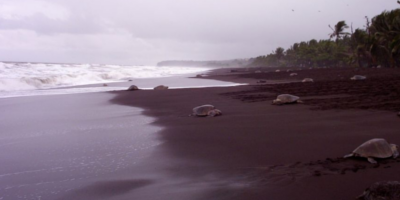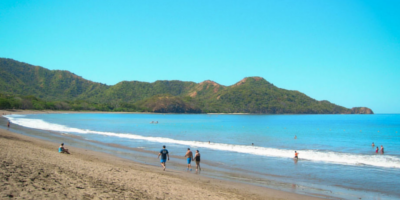A COUPLE OF MILLENNIA AGO, Roman philosopher Seneca said, “Travel and change of place impart new vigor to the mind.” He got it partially right. Travel boosts, restores, and expands not just the mind, but also our bodies, our senses — all of us. For those on a quest to restore work-life balance, Costa Rica is the ultimate destination. Here’s why.
1. It’s the birthplace of modern zipline tours.
As in soaring through treetops, through jungle canopy and cloud forest, protected ecosystems showcasing some of the best biodiversity in the world. Ziplining may now be popular all over the world, but come here and you’ll understand why Costa Rica is where it all started.
Whether exploring Monteverde Cloud Forest Reserve or zipping over a waterfall near the coast, you’ll be eye-level with toucans and parrots. The vibrant colors blur by as you begin to focus on all the life around you; the phrase pura vida (“pure life”) takes on new dimensions from the perspective of the zipline.
2. There’s 1,100 miles of incredible coastline.
Looking for a beach? Pick your color: miles of sugar white to launch your surfing adventures, unspoiled stretches of volcanic black waiting for your footprints, even coral pink, inviting horseback riding or just your blanket and a favorite book. There are miles of these beaches touching two oceans, and the most incredible part is that the Caribbean and Pacific shores are just a few hours’ drive from each other. Playa Conchal, Playa Tamarindo, Islas Tortugas, Punta Uva — come find your go-to beach.
3. It’s impossible to be bored here.
On a quest for coffee? Come, meet the grower, feel the mist, taste the terroir of the beans. Volcanic terrain with tropical sun and rain — it doesn’t get much better for coffee cultivation than in the Costa Rican highlands.
Seeking surf? Nosara, Jacó, Pavones, Dominical, Tamarindo — legendary syllables in the surfing world, these beach locales. With perfect breaks and endless waves, every session will leave you stoked for more.
Want to ride the rapids? The country’s inland rivers offer some of the best whitewater rafting in Central America. And oh yeah, there’s all the kayaking and ziplining…
No matter the season — wet tropical summer or refreshing winter — there’s always something to keep you busy in Costa Rica.
4. It’s one of the world’s best and most affordable places to take Spanish classes.
Brush up on your high school Spanish, or pick up the language from the beginning — Costa Rica is one of the best countries to learn the world’s second-most-spoken language (only Mandarin has more native speakers). One-on-one tutoring, whether in a classroom in a hip urban neighborhood, or in the shade of palms with the sound of surf as a backdrop, is widely available.
Try out your nascent language skills in a gastropub in San José’s Barrio Amon or near the Paseo Colón, or get to know a sabanero — a Costa Rican cowboy — in Guanacaste province. Go beyond uno más, por favor, and you’ll really be speaking the language of pura vida.
5. Over a quarter of the country is protected by national parks and nature preserves. And it’s full of amazing creatures.
Costa Ricans have set aside over a quarter of their country as national parks and protected nature preserves, and visitors as well as locals get to reap the benefits. In addition to beautiful, unadulterated landscapes, you’ll see squirrel, capuchin, and spider monkeys; two- and three-toed sloths; exotic birds like the resplendent quetzal; and a whole host of other animals, both endemic and widespread, who make their home in all that green space.
6. The weather’s always fine.
You know, not too hot, not too cold. For so much of the year, so many of us have to put up with freezing or baking temperatures. The eternal spring of Costa Rica’s Central Highlands mean that whenever you need to get away, you have access to a place with ideal conditions. Temperatures in San José, the nation’s capital, range from the 60s to 80s all year long.
7. For North American vacationers, there’s no jet lag.
No matter where you’re flying down from — Calgary or Miami, Los Angeles or Toronto — you won’t have to adjust your watch more than a couple hours when you land in San José. In addition to occupying a time zone amenable to North Americans, the flight time is mercifully short: less than three hours from Florida, and only about five from Chicago or New York. Less time recovering from travel fatigue means more time relaxing and reinvigorating.
Pura vida — nearer than you might think, easier than you might realize.
Source: https://matadornetwork.com/trips/7-reasons-costa-rica-ultimate-vacation-spot/
By: Joseph Cyr


